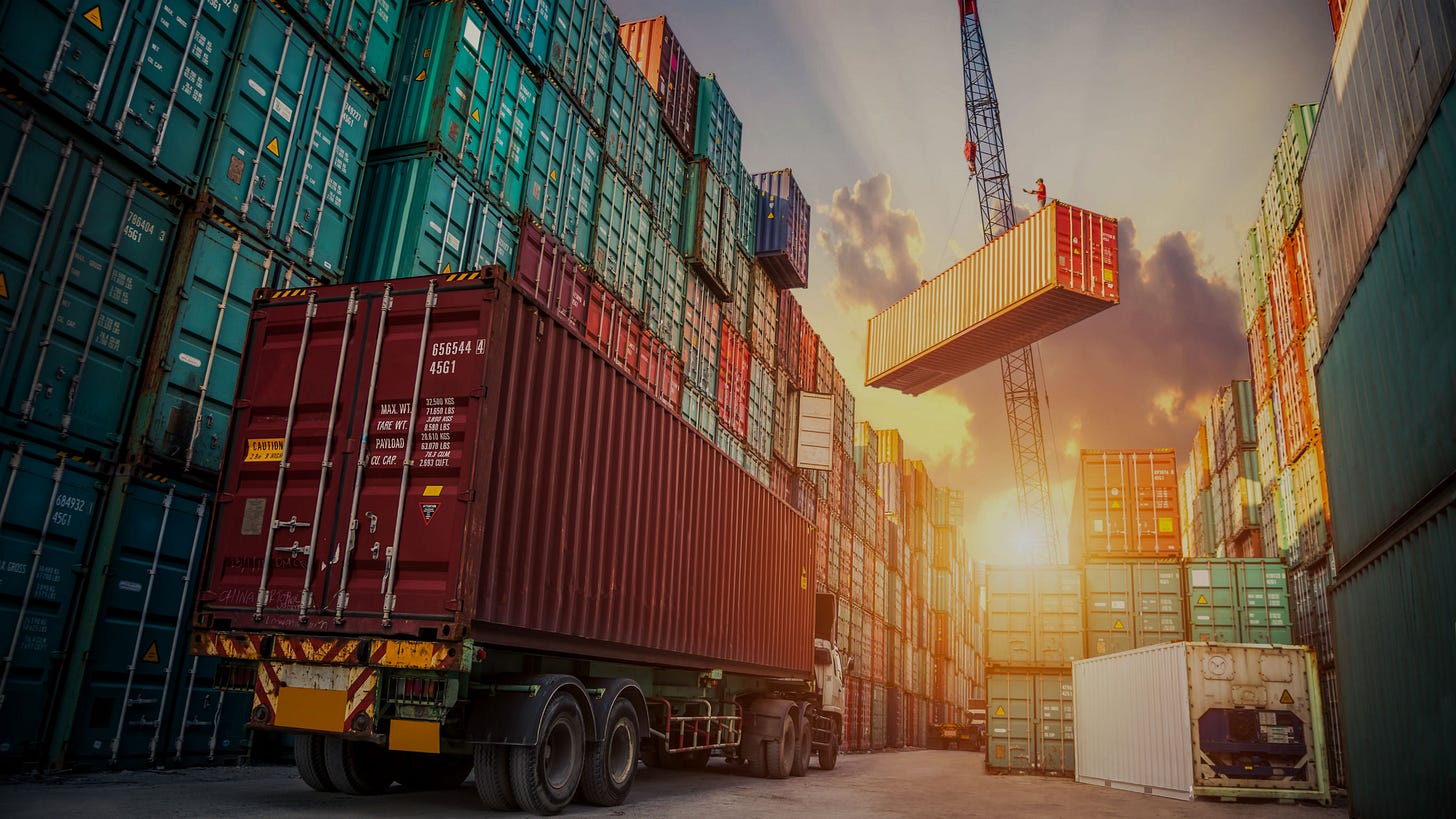Hello, hope you are having a great Sunday. This week’s newsletter talks about the new policy for logistics in India and how can we rightly communicate about the much-stressed issue of Climate change.
Job Board
The Maharashtra Chief Minister’s Fellowship, Government of Maharashtra
To apply, click here
Regional Inclusion Advisor, British High Commission in India
To apply, click here
Research Officer, Evidence Action
To apply, click here
Policy Lead, Child/Youth, YouTube Trust and Safety, YouTube
To apply, click here
Logistics and the Indian Economy
India witnessed significant economic growth in the last five years due to a rise in global demand for goods and services. The movement of commodities within and outside of the country has given millions of Indians access to new sources of income.
In this view, the logistics industry in India currently employs 2.2 crore people and contributes 5% of the GDP of the nation. For INR 9.5 lakh crore annually, India transports 4.6 billion tonnes of goods.
Recognizing the industry's crucial role, the Indian government wants to improve the effectiveness of its supply chain. The Government aims to reduce logistics costs to reach its clearly stated objective of a $5 trillion economy by 2025.
To further that aim, on 17th September 2022, the Government of India launched a National Logistics Policy.
What is this policy about?
In India, the cost of logistics is equivalent to 13% of GDP. In developed nations, this condition does not exist. India's exports are far less competitive because of hefty logistics costs.
The initiative intends to reduce logistics costs in India so that it can meet international standards by 2030. Additionally, it aims to raise India's position from 44th globally in the Logistics Performance Index. The policy also aims to develop a data-driven decision support system for a productive logistics ecosystem.
How will it support the logistics Sector?
According to the Government of India:
The Unified Logistics Interface Platform (ULIP) will consolidate all digital services associated with the transportation industry into a single site, relieving exporters of several extremely time-consuming and onerous procedures. A new digital platform called Ease of Logistics Services - e-logs has also been launched as part of the mega policy concept. Industry organisations can directly address any such issues that are hindering their operations and performance with the government entities using this platform. Additionally, a thorough system has been established for the swift handling of such matters.
Sources: Times of India, Business Today, Logistics Skill Council, Money Control, Times Now, New Indian Express, Financial Express, Indian Express
Communicating Right and Correct on Climate Change
Extreme weather occurrences are affecting nations all over the world as a result of the unprecedented rise in temperatures. Despite all of this, misinformation in the media hinders communication between scientists and communities. As a result, ineffective attempts are being made to adapt to and mitigate climate change.
The United Nations Department of Global Communications, in collaboration with UN-affiliated climate organisations, developed several guidelines to help bridge the gap.
Communicating on Climate Change
Utilize reliable scientific data.
Use credible sources: Our job when disseminating information is to ensure that the sources are reliable and must concur with the most recent scientific consensus. Reliable sources include peer-reviewed journal publications and the comprehensive reports of the UN's Intergovernmental Panel on Climate Change.
Put an end to Misinformation. When exchanging information online, exercise caution. Before sharing, find out where it came from and who might stand to gain. If you come across someone spreading false information, challenge it using the "Fact, Myth, Fallacy" approach to forcefully present your case.
Watch out for greenwashing. Verify the company's efforts to lessen its carbon impact and keep its climate commitments. Promote only authentic sustainable brands that satisfy specific requirements. Be cautious to challenge the assignment before accepting financially lucrative employment to ensure that it encourages sustainable behaviours.
Explain the issue and its resolution.
Connect with the Audience. Do not just present the numerical data on the impact of climate change. Describe the experiences of the people who are in some way impacted by climate change.
Motivate individuals. Encourage others to take initiative. Encourage them to speak up. As a result, the leaders will be under more pressure to work together and combat climate change.
Eliminate stereotypes. Draw attention to the opinions, skills, inventions, and admirable deeds of individuals from both developed and developing nations. Don't assume that developing nations are incapable of offering solutions. Take ideas from people in all spheres of life and from all communities.
Encourage action
Show urgency. Make sure people know the fact that climate change is occurring right now. Delaying the action is not an option. Education about the human causes of climate change also encourages support for quick action.
Focus on the chances. To persuade others to act in a sustainable manner, emphasise the advantages of such a world. Green jobs, cleaner air, renewable energy, food security, habitable coastal cities, and improved health are a few advantages.
Show relevance. Talking about technical details should be avoided. For instance, some people may find it challenging to understand why is it important to keep the temperature to 1.5°C. A strong sense of urgency can be created by instilling the desire to guard what one possesses.
Youth Engagement. The global youth climate movement has been quite successful in inspiring action and has held leaders responsible. But avoid portraying climate change as a problem that solely affects future generations. Because it is hitting hard, now is the moment to take action.












